Lithium-ion batteries have completely changed the energy storage way of our devices. Their high energy density and rechargeable performance make them essential in today’s life. How many types of lithium-ion batteries in the world? Before we start the explanation, not all lithium-ion battery types are the same.
What is a lithium-ion battery?
Lithium-ion batteries are rechargeable. The lithium ions store and release the energy. The li-ion batteries have different compositions and structures that determine their performance and suitability for specific applications.
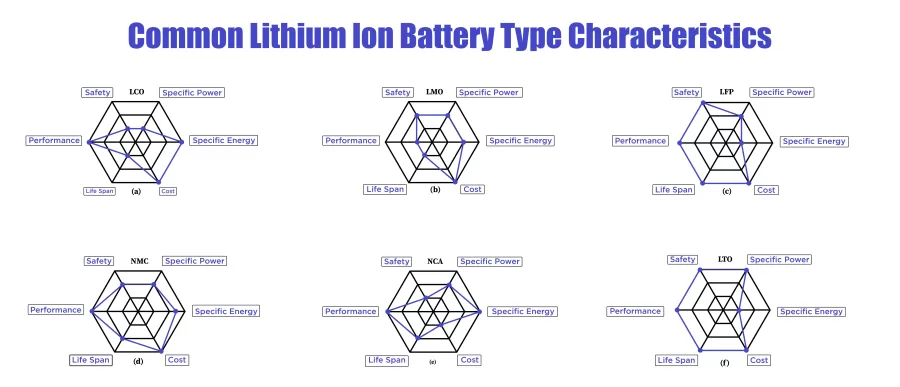
Lithium-ion Battery Types Based on Battery Chemistry (Electroactive Materia)
To make it simple to identify the different types of lithium-ion batteries, they are identified by using an acronym for the word that stands for lithium-ion chemistry. The chemistry of lithium-ion batteries heavily influences their function, resilience, and safety in a variety of applications.
Now, let’s get into detail about the different chemistries of lithium-ion battery type:
Lithium Iron Phosphate (LiFePO4 or LFP)
The discovery of phosphate as a cathode material in 1996 led to the development of rechargeable lithium-ion batteries using a well-known battery material. One such battery is the LiFePO4 or LFP battery, also referred to as “lithium ferrophosphate.”
LFP batteries utilize phosphate as the cathode material and graphite carbon electrode as the negative electrode. These batteries offer excellent electrochemical performance, enhanced safety, and greater tolerance to certain overcharge and full charge conditions.
LFP batteries have a lower nominal voltage compared to other lithium-ion batteries, resulting in a lower specific energy. However, they compensate for this with other outstanding features.
Characteristics of LFP Batteries
- Enhanced Safety: The materials used in LFP batteries have low resistance, providing inherent safety and high stability. These batteries have a thermal runaway threshold of approximately 518 degrees Fahrenheit, making them one of the safest lithium battery options, even when fully charged.
- Long Cycle Life: LFP batteries are designed to have a long life cycle. They can typically withstand 2000 or more charge-discharge cycles. Unlike some other batteries, the depth of discharge has minimal impact on the service life of LFP batteries. Many manufacturers rate their batteries at 80% discharge depth, with some even allowing for 100% discharge without damaging the battery.
- Excellent Thermal Stability: LFP batteries exhibit good thermal stability, making them suitable for various applications. The materials used in these batteries ensure that they can withstand and function well under diverse temperature conditions.
- High Current Capability: LFP batteries offer a high-rated current and can deliver a substantial power output. This makes them ideal for applications that require large currents.
LiFePO4 is commonly used as a replacement for lead-acid starter batteries. In addition, LFP cells have a nominal voltage of 3.2V, which is very close to the nominal voltage of 2V for lead-acid batteries. Therefore, four LFP cells in a series can produce 12.8V, which is similar to the voltage of six lead-acid batteries in a series.
| Voltages | 3.20, 3.30V nominal; typical operating range 2.5–3.65V/cell |
| Specific energy (capacity) | 90–120Wh/kg |
| Charge (C-rate) | 1C typical, charges to 3.65V; 3h charge time typical |
| Discharge (C-rate) | Power tools, some medical tools, Portable and stationary need high load currents and endurance |
| Cycle life | 2000 and higher (related to depth of discharge, temperature) |
| Thermal runaway | 270°C (518°F) Very safe battery even if fully charged |
| Applications | Power tools, some medical tools, Portable and stationary needing high load currents and endurance |
Lithium Titanate (LTO) Batteries (Li2TiO3)
Lithium titanate (LTO) batteries, also known as Li2TiO3 batteries, are a type of lithium-ion battery that uses lithium titanate as the anode material. It is one of the highest-performing and safest lithium-ion batteries available.
Lithium Titanate (LTO) batteries have been known since 2008. It replaces the graphite in the anode with lithium titanate and uses LMO or NMC as the cathode chemistry. When rapid charging and charging at low temperatures, LTO (usually Li4Ti5O12) outperforms standard cobalt-blended Li-ion with graphite anode by achieving zero-strain, no SEI film development, and no lithium plating. Thermal stability at high temperatures is also better than that of other Li-ion systems.
The nominal cell voltage of lithium titanate is 2.40V, it can be quickly charged, and it has a high discharge current of 10C, or 10 times the rated capacity. The cycle count is stated to be more than that of a standard Li-ion battery. Li-titanate is safe, has good low-temperature discharge properties, and has an 80 percent capacity at -30°C (-22°F).
Characteristics of Lithium Titanate (LTO) batteries
- Known for their fast charging capabilities.
- They have a lower energy density, but their long lifespan makes up for it.
- They can operate in a wide range of temperatures, from -50°C to 60°C.
- They are more expensive than other types of lithium-ion batteries.
- Suitable for applications that require quick charging, such as power tools.
| Voltages | 2.40V nominal; typical operating range 1.8–2.85V/cell |
| Specific energy (capacity) | 50–80Wh/kg |
| Charge (C-rate) | 1C typical; 5C maximum, charges to 2.85V |
| Discharge (C-rate) | 10C possible, 30C 5s pulse; 1.80V cut-off on LCO/LTO |
| Cycle life | 3,000–7,000 |
| Thermal runaway | UPS and Military equipment, electric powertrains,solar-powered street lighting. |
| Applications | UPS and Military equipment, electric powertrains, and solar-powered street lighting. |
Lithium Nickel Cobalt Aluminum Oxide (NCA or LiNiCoAlO2)
Since 1999, lithium-nickel-cobalt-aluminum oxide batteries have been available and in use. Its ability to perform in heavy load situations and its extended battery life make it attractive in the electric car sector. It is comparable to the NMC in that it has a high specific energy, a respectable amount of specific power, and a long life.
Characteristics of lithium-nickel-cobalt-aluminum oxide (LiNiCoAlO2) batteries
- Known for their high energy density and excellent power output.
- They have good thermal stability and can operate in a wide range of temperatures, from -20°C to 60°C.
- However, it is not as safe as other lithium-ion batteries and is more expensive in comparison.
| Voltages | 3.60V nominal; typical operating range 3.0–4.2V/cell |
| Specific energy (capacity) | 200-260Wh/kg; 300Wh/kg predictable |
| Charge (C-rate) | 0.7C, charges to 4.20V (most cells), 3h charge typical, fast charge possible with some cells |
| Discharge (C-rate) | 1C typical; 3.00V cut-off; high discharge rate shortens battery life |
| Cycle life | 500 (related to depth of discharge, temperature) |
| Thermal runaway | 150°C (302°F) typical, High charge promotes thermal runaway |
| Applications | Medical devices, industrial, electric powertrain (Tesla) |
Lithium Manganate Oxide (LMO or LiMn204)
They are known as “lithium manganate, lithium-ion manganese, and manganese spinel” in the industry. This chemical forms a three-dimensional structure that minimizes internal resistance, enhances ion flow, and boosts current handling while enhancing thermal stability and safety, but it has a limited cycle and calendar life.
Most Li-manganese batteries mix with lithium nickel manganese cobalt oxide (NMC) to increase specific energy and extend battery life. This combination maximizes the performance of each system, and the LMO (NMC) is used in the majority of electric vehicles, including the Nissan Leaf, Chevrolet Volt, and BMW i3.
Characteristics of lithium manganate oxide (LiMn204) batteries
- Known for their thermal stability and low cost.
- They are very safe and have a low risk of fire or explosion, even in the event of overcharge, over-discharge, or puncture.
- They have a lower energy density and shorter lifespan compared to other lithium-ion batteries.
| Voltages | 3.70V (3.80V) nominal; typical operating range 3.0–4.2V/cell |
| Specific energy (capacity) | 100–150Wh/kg |
| Charge (C-rate) | 0.7–1C typical, 3C maximum, charges to 4.20V (most cells) |
| Discharge (C-rate) | 1C; 10C possible with some cells, 30C pulse (5s), 2.50V cut-off |
| Cycle life | 300–700 (related to depth of discharge, temperature) |
| Thermal runaway | 250°C (482°F) typical. High charge promotes thermal runaway |
| Applications | Power tools, medical devices, electric powertrains |
Lithium-Nickel-Manganese-Cobalt Oxide (NMC, LiNiMnCoO2 or Li-NMC)
NMC batteries have a cathode that is made up of three elements: nickel, manganese, and cobalt. Because of the high specific energy of nickel and the ability of manganese to form a spinel structure, which reduces internal resistance, NMC batteries are the battery of choice for electric bicycles, power tools, and other electric power systems. The combination of these two metals makes NMC batteries the preferred choice for electric bicycles, power tools, and other electric power systems.
Characteristics of lithium nickel-manganese-cobalt oxide (LiNiMnCoO2) batteries
- Known for their balanced performance in terms of energy density, power output, and lifespan.
- They offer a good compromise between power and energy density.
- They are more susceptible to thermal runaway, which can lead to fire or explosion.
| Voltages | 3.60V, 3.70V nominal; typical operating range 3.0–4.2V/cell, or higher |
| Specific energy (capacity) | 150–220Wh/kg |
| Charge (C-rate) | 0.7–1C, charges to 4.20V, some go to 4.30V; 3h charge typical. Charge current above 1C shortens battery life. |
| Discharge (C-rate) | 1C; 2C possible on some cells; 2.50V cut-off |
| Cycle life | 1000–2000 (related to depth of discharge, temperature) |
| Thermal runaway | 210°C (410°F) typical. High charge promotes thermal runaway |
| Applications | E-bikes, medical devices, EVs, industrial |
Lithium Cobalt Oxide (LCO, LiCoO2)
LCO batteries were the first type of commercial lithium-ion battery, and they are still widely used today.
They are composed of a cobalt oxide positive electrode and a graphite carbon negative electrode. Because of its high specific energy, but relatively short life, low thermal stability, and limited specific power. So they are not suitable for high load applications, but they offer a very high level of specific energy density as well as a good level of safety in many consumer electronic devices.
LCO batteries have been replaced by Li-Mn batteries as well as NMC and NCA type batteries as production technology improves and other types of battery technology continue to evolve.
Characteristics of Lithium Cobalt Oxide (LiCoO2) batteries
- Known for their high energy density and excellent power output.
- They have a limited charge/discharge current capability. As a result, they should not be charged or discharged faster than their capacity; for example, a 2400mAh battery should not be charged or drained at a rate greater than 2400mA. It is normally advised to use 0.8 of the charging capacity.
- They have a shorter lifespan compared to other lithium-ion batteries.
| Voltages | 3.60V nominal; typical operating range 3.0–4.2V/cell |
| Specific energy (capacity) | 150–200Wh/kg. Specialty cells provide up to 240Wh/kg. |
| Charge (C-rate) | 0.7–1C, charges to 4.20V (most cells); 3h charge typical. Charge current above 1C shortens battery life. |
| Discharge (C-rate) | 1C; 2.50V cut off. Discharge current above 1C shortens battery life. |
| Cycle life | 500–1000, related to depth of discharge, load, temperature |
| Thermal runaway | 150°C (302°F). Full charge promotes thermal runaway |
| Applications | Mobile phones, tablets, laptops, cameras |
From the above contents of the various chemistries of lithium-ion battery types compare this table below:
| Battery Type | Cathode Material | Advantages | Disadvantages | Applications |
| LCO | Lithium Cobalt Oxide | High energy density, high power density | Low safety, high cost | Small portable electronics, such as smartphones, laptops, and cameras |
| LMO | Lithium Manganese Oxide | High safety, low cost | Lower energy density and power density than LCO | Power tools, medical devices, energy storage systems |
| NMC | Lithium Nickel Manganese Cobalt Oxide | High energy density, high power density, longer cycle life than other cobalt-based batteries | Lower safety than LFP batteries | Electric vehicles, consumer electronics, energy storage systems |
| LTO | Lithium Titanate | Fast charging, high safety | Lower energy density and power density than other lithium-ion batteries | Electric vehicles, energy storage systems, medical devices |
| LFP | Lithium Iron Phosphate | High-safety, low cost | Lower energy density and power density than other lithium-ion batteries | Electric vehicles, energy storage systems, backup power systems |
| NCA | Lithium Nickel Cobalt Aluminum Oxide | High energy density, high power density, good thermal stability | Lower safety than LFP batteries | Electric vehicles, consumer electronics |
Different Lithium-ion Batteries Types Based on Battery Structure
Lithium-ion batteries can be organized into different types based on their battery structure. Their different structures result in different performance and adaptability to specific applications. The following are the main lithium ion battery cell types:
Cylindrical Lithium Ion Cells
Cylindrical lithium-ion cells are one of the most common types. They have a cylindrical shape and typically consist of a metal can as the container, a positive electrode (cathode) in the center, a separator, and a negative electrode (anode) surrounding the cathode.
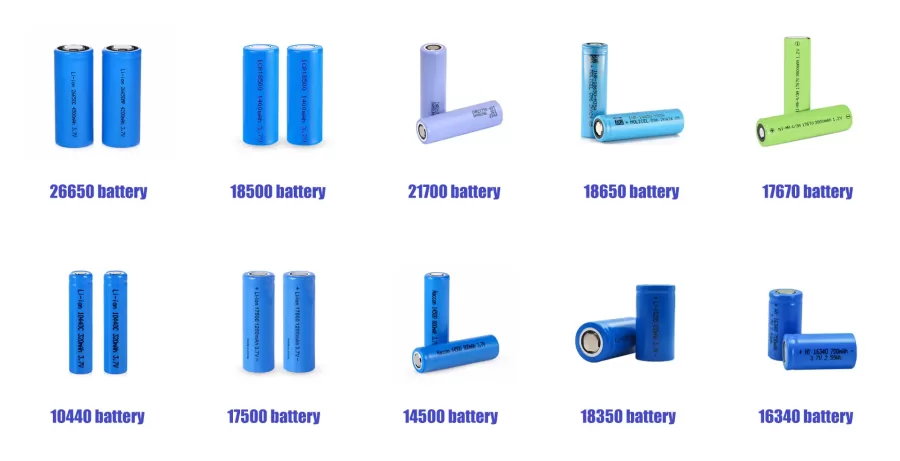
The following cell types are all cylindrical lithium-ion batteries:
- 26650 battery
- 21700 battery
- 18650 battery
- 17670 battery
- 18500 battery
- 18350 battery
- 17500 battery
- 16340 battery
- 14500 battery
- 10440 battery
They are named after their dimensions in millimeters, with the first two numbers representing the diameter and the last two numbers representing the height. For example, an 18650 battery has a diameter of 18mm and a height of 65mm, which is represented by the number 18650. Usually, rechargeable lithium-ion battery type 18650 is more general use. These types of cells can be used in large and small battery packs of different capacities and voltages.
Cylindrical batteries are better suited for applications where weight and limited space are a concern. This is because they have a high energy density, meaning that they can store a lot of energy per unit of weight and volume. They are also mechanically robust and can withstand high vibration and shock loads. Typically they are used in applications such as power tools, drones, children’s toys, and medical equipment where space is limited and weight affects overall performance.
Prismatic Lithium-ion Cell
Prismatic-type lithium-ion batteries have a rectangular or square shape, making them more compact and space-efficient compared to cylindrical batteries. They are commonly used in smartphones, tablets, and other slim electronic devices. Large Prismatic batteries are also available. These batteries, which have a capacity of 20-50Ah and are packed in welded aluminum housings, are principally utilized in electric powertrains for hybrid and electric cars.
Prismatic batteries feature stacked layers of positive and negative electrodes along with the separator and electrolyte.
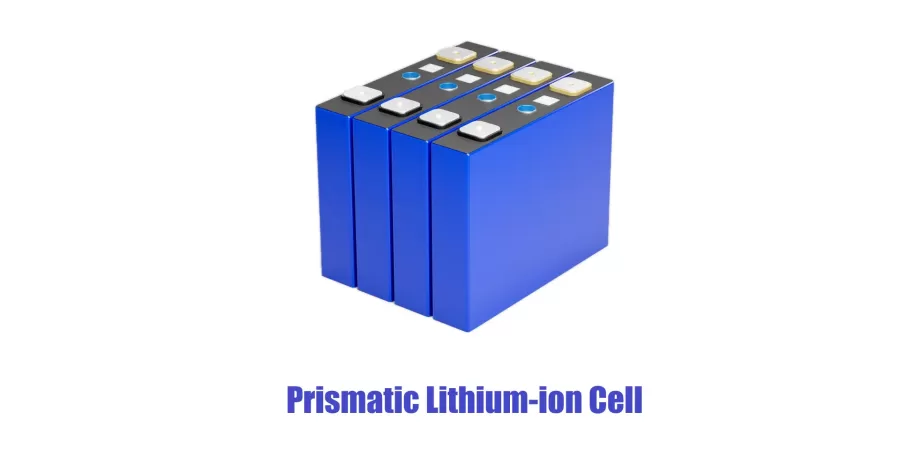
Lithium Pouch Cell
Pouch lithium-ion batteries, also known as flexible batteries, are characterized by their thin and flexible structure. They consist of multiple layers of electrodes and a separator enclosed in a flexible pouch.
It is best not to stack soft pack batteries on top of each other, but to put them flat, side by side, or with additional space between them. Avoid sharp edges that might put a strain on the soft pack batteries when they expand. The ensuing pressure can break the battery cover and, in some situations, harm the display and other circuit boards. Stop using extended batteries and avoid puncturing them near heat or fire. Gases that escape may ignite.
Pouch batteries offer design flexibility and are commonly used in wearable devices, electric vehicles, and energy storage systems.
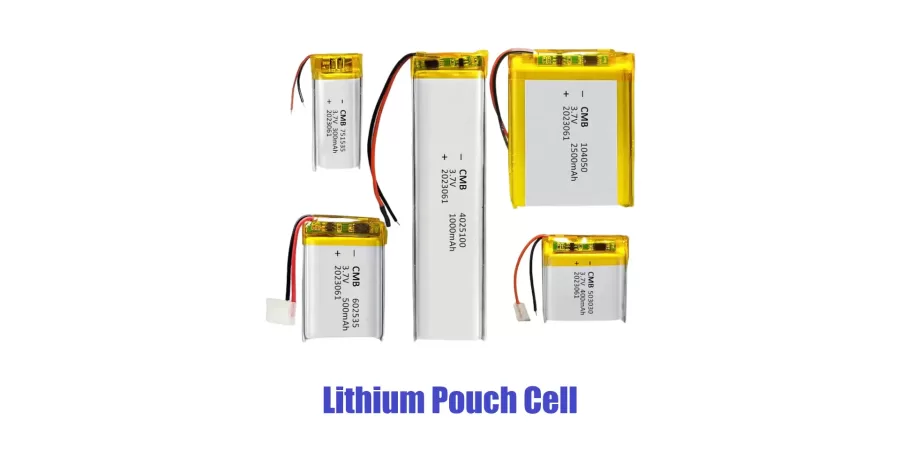
Button Cell
Button batteries are not only small and inexpensive to manufacture, but most button batteries in use today are non-rechargeable, so stacked button batteries are falling out of favor and more traditional forms of batteries are gradually replacing them. They are commonly used in medical implants, watches, hearing aids, and car keys.
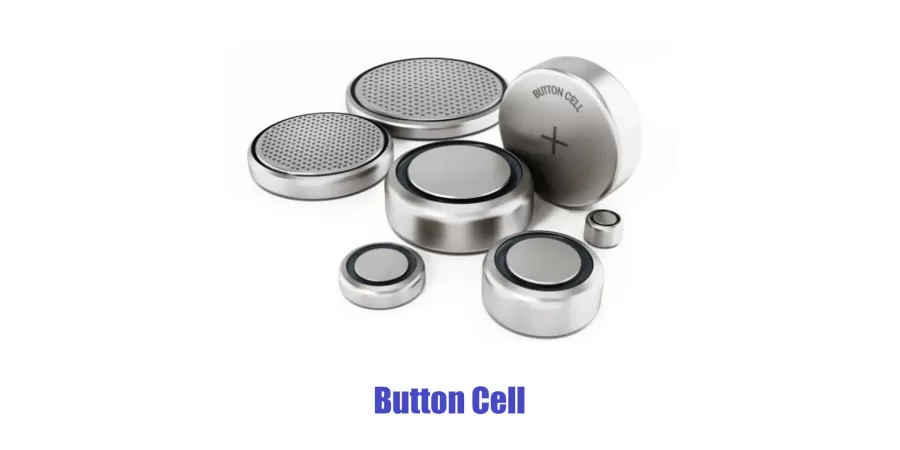
The cylindrical lithium-ion battery is the most popular of the mentioned lithium-ion battery shapes. Lithium-ion battery packs use series, parallel, or series-parallel connections to offer the necessary capacity, power density, or voltage for a variety of applications.
Lithium-ion Battery Applications
Thanks to their high energy density, long cycle life, and rechargeable nature, lithium-ion batteries have found widespread use in a variety of applications.
Consumer Electronics:
Lithium-ion batteries power numerous consumer electronic devices such as smartphones, tablets, laptops, smartwatches, and Bluetooth earphones. These batteries provide high energy density, allowing for longer battery life and portable, lightweight devices.
Power Tools and Garden Equipment:
Lithium-ion batteries are commonly used in power tools such as drills, saw blades, and garden equipment. They provide high power output, longer runtimes, and faster charging compared to traditional rechargeable batteries or corded tools.
Medical Devices:
Many medical devices, ranging from portable diagnostic equipment to implantable devices, rely on lithium-ion batteries. These batteries offer compact designs and provide reliable power for critical medical applications.
E-Bike:
Lithium-ion battery is the core component of the e-bike, which determines the range and power of the e-bike. Lithium-ion batteries have the advantages of high energy density, long life, and low self-discharge rate, which are very suitable for the application of electric bicycles.
Electric Surfboard:
Lithium-ion batteries have the advantages of high energy density, long life, low self-discharge rate, etc. in electric surfboards to improve their range, and power and reduce weight. Lithium-ion batteries for electric surfboards typically have a capacity of between 10Ah and 20Ah and can have a range of 1 hour to 2 hours.
Marine:
Lithium-ion batteries can power ships by driving the main engine or auxiliary equipment. This battery can serve as a backup power source for the ship, providing emergency starting power for the main engine or supporting onboard equipment.
In addition, it can be integrated into the ship’s energy storage system to store renewable energy from sources such as solar or wind. As technology advances, it is gradually replacing traditional lead-acid and nickel-metal hydride batteries.
FAQ About Lithium-Ion Battery Types
(1) Which lithium-ion battery type offers the highest energy density?
The lithium-ion battery type with the highest energy density is the NCA battery. NCA batteries have a theoretical energy density of 280 Wh/kg, but in practice, they typically achieve an energy density of around 250 Wh/kg.
(2) Are all lithium-ion batteries compatible with fast charging?
Not all lithium-ion batteries are compatible with fast charging. Some lithium-ion battery type, such as LFP batteries, can be safely fast charged, while others, such as NMC batteries, should not be fast charged. It is important to check the manufacturer’s specifications to determine if a particular lithium-ion battery is compatible with fast charging.
(3) How can one ensure the safe handling and operation of lithium-ion batteries?
To ensure the safe handling and operation of lithium-ion batteries, it is important to follow the manufacturer’s instructions. Here are some general safety tips:
- Do not overcharge or overcharge lithium-ion batteries.
- Do not expose lithium-ion batteries to extreme temperatures.
- Do not puncture or crush lithium-ion batteries.
- Do not use lithium-ion batteries if they are damaged or leaking.
(4) Are there any environmentally friendly alternatives to lithium-ion batteries?
There are a few environmentally friendly alternatives to lithium-ion batteries, such as nickel-metal hydride (NiMH) batteries and sodium-ion batteries. However, these battery types have lower energy densities and shorter lifespans than lithium-ion batteries.
(5) What are the typical lifespans of different lithium-ion battery type?
The typical lifespans of different lithium-ion battery types vary depending on the specific battery chemistry. LFP batteries have the longest lifespans, typically lasting for over 2,000 charge cycles. NMC batteries have shorter lifespans, typically lasting for around 1,000 charge cycles.
(6) Can lithium-ion batteries be effectively recycled?
Yes, lithium-ion batteries can be effectively recycled. However, the recycling process can be expensive and complex. There are a number of companies that specialize in recycling lithium-ion batteries.
(7) Are there any emerging lithium-ion battery technologies to watch out for?
There are several emerging lithium-ion battery technologies to watch out for, such as solid-state batteries and lithium-sulfur batteries. Solid-state batteries have the potential to offer higher energy densities and longer lifespans than traditional lithium-ion batteries. Lithium-sulfur batteries have the potential to offer even higher energy densities than solid-state batteries, but they are still in the early stages of development.
(8) What are the key differences between lithium-ion batteries and other rechargeable battery types?
Lithium-ion batteries offer several advantages over other rechargeable battery types, such as nickel-metal hydride (NiMH) and nickel-cadmium (NiCd) batteries. They provide higher energy densities, longer lifespans, and lower self-discharge rates. In addition, these batteries are less toxic than their NiMH and NiCd counterparts.
Conclusion
Lithium-ion battery types offer unique characteristics that cater to different requirements and applications. Understanding their chemistry, and battery structure will help in making informed decisions when selecting the most suitable battery for a particular use case. As technology advances, we can look forward to further improvements and innovations in lithium-ion batteries, propelling us toward a greener and more energy-efficient future. If you have any questions about the lithium-ion battery, you can consult us here.

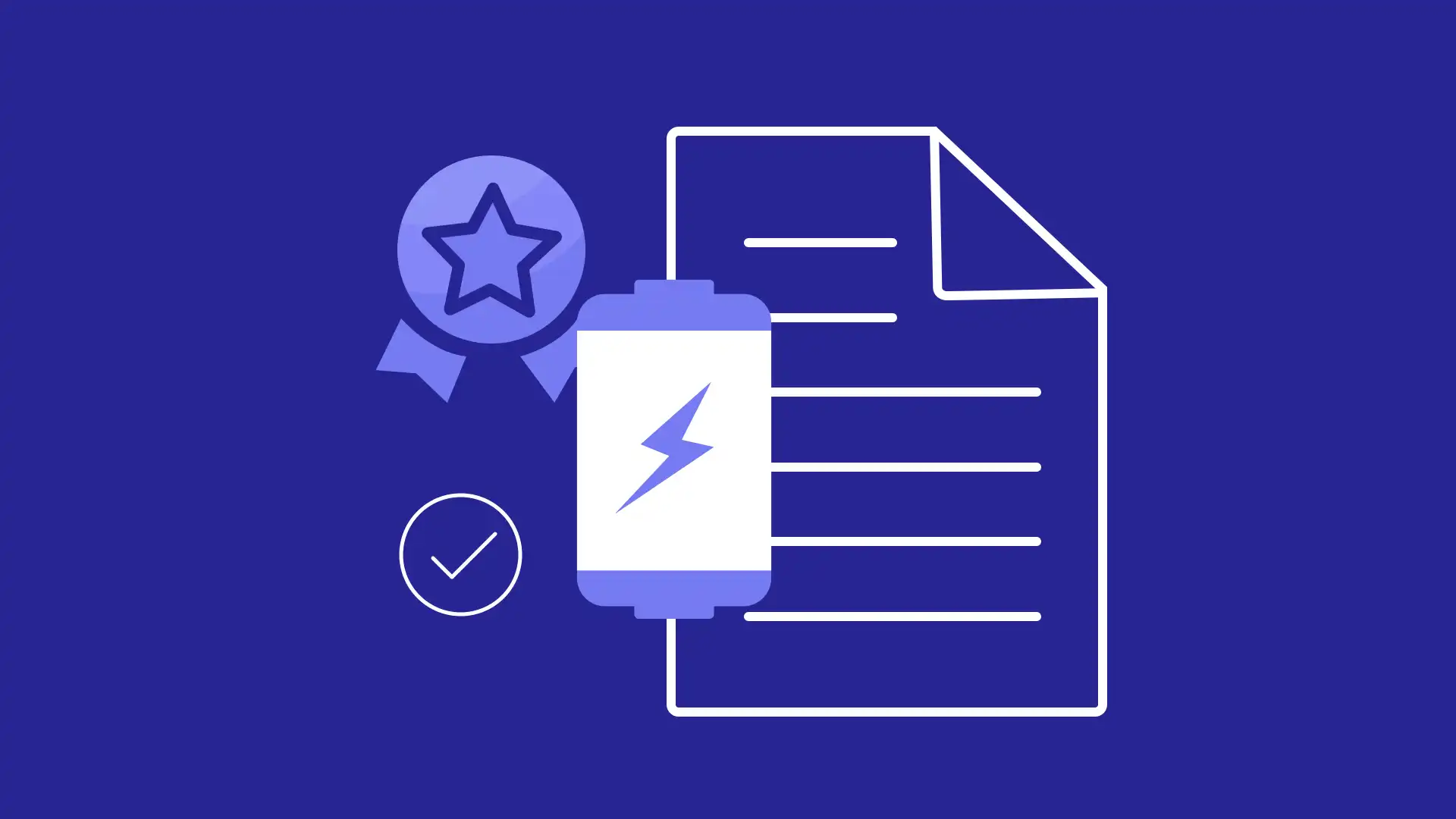
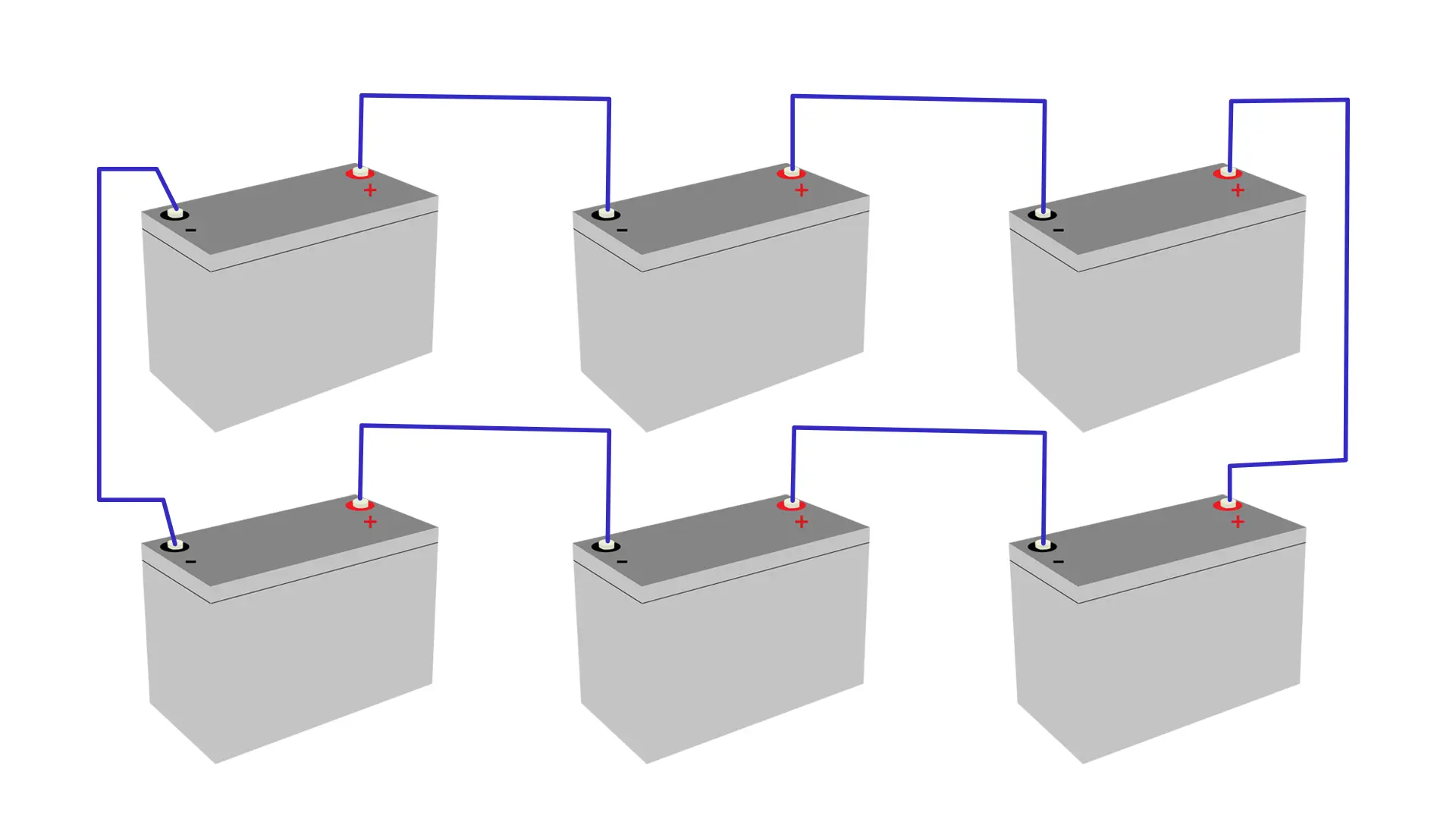
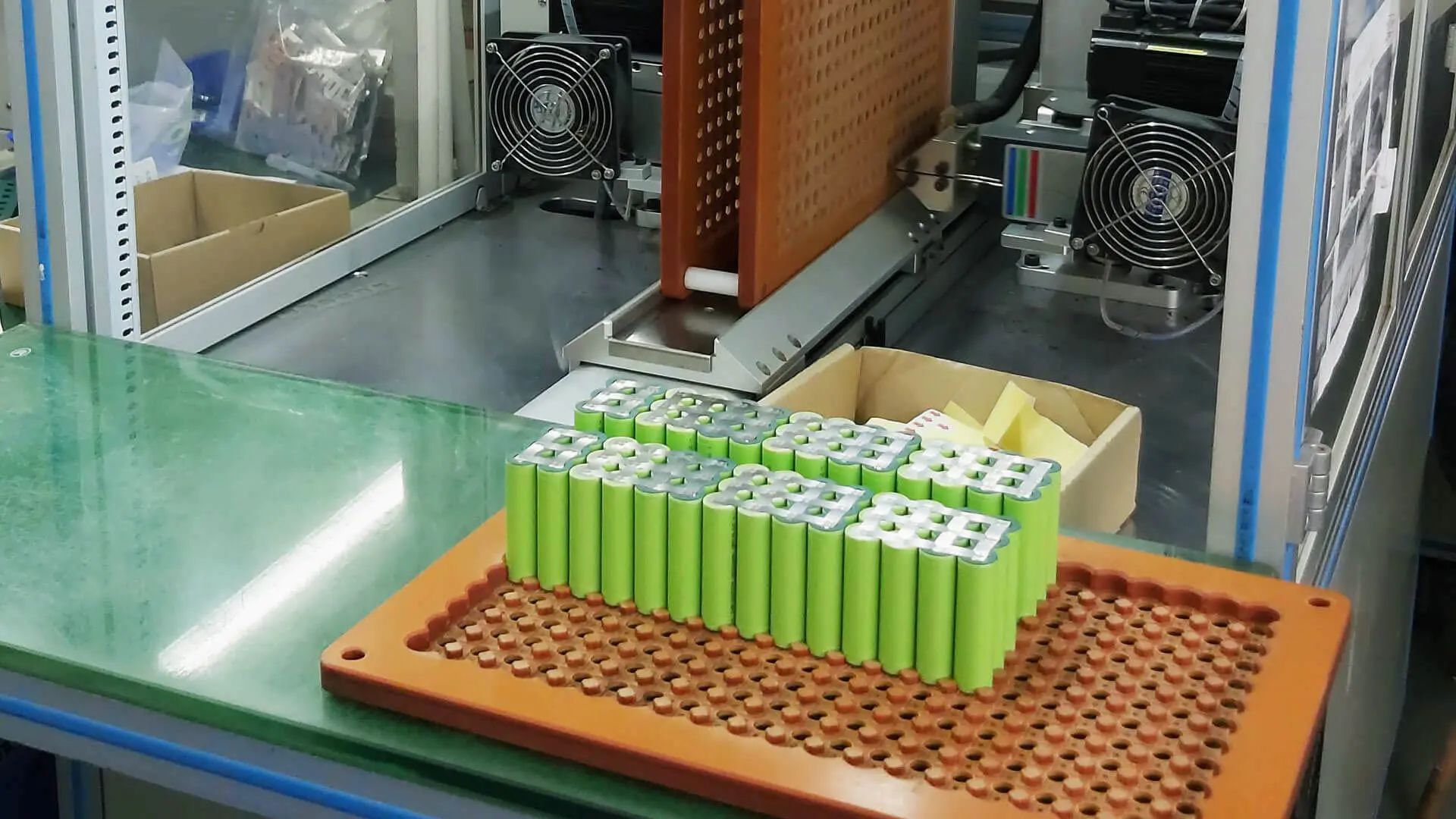
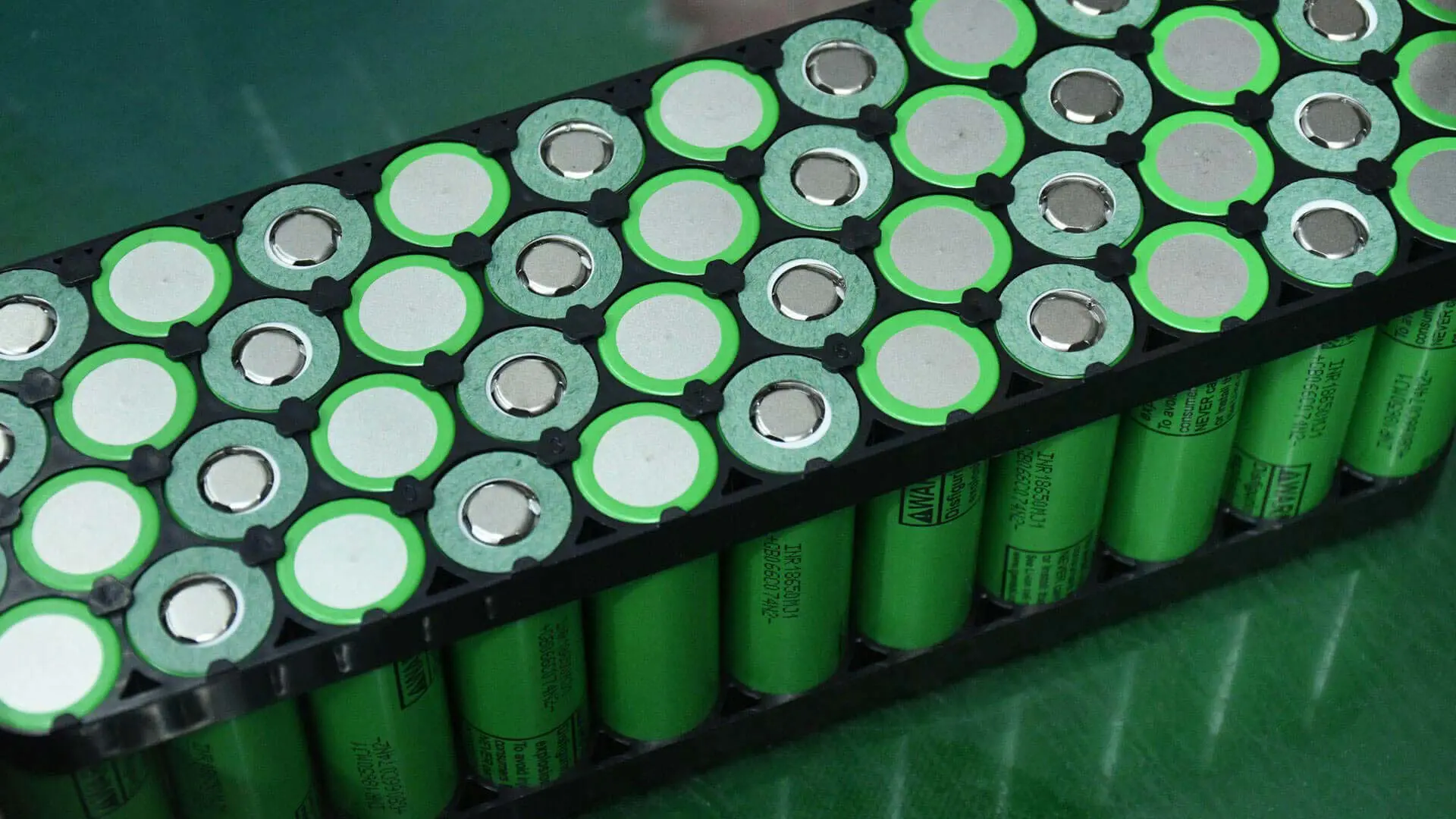
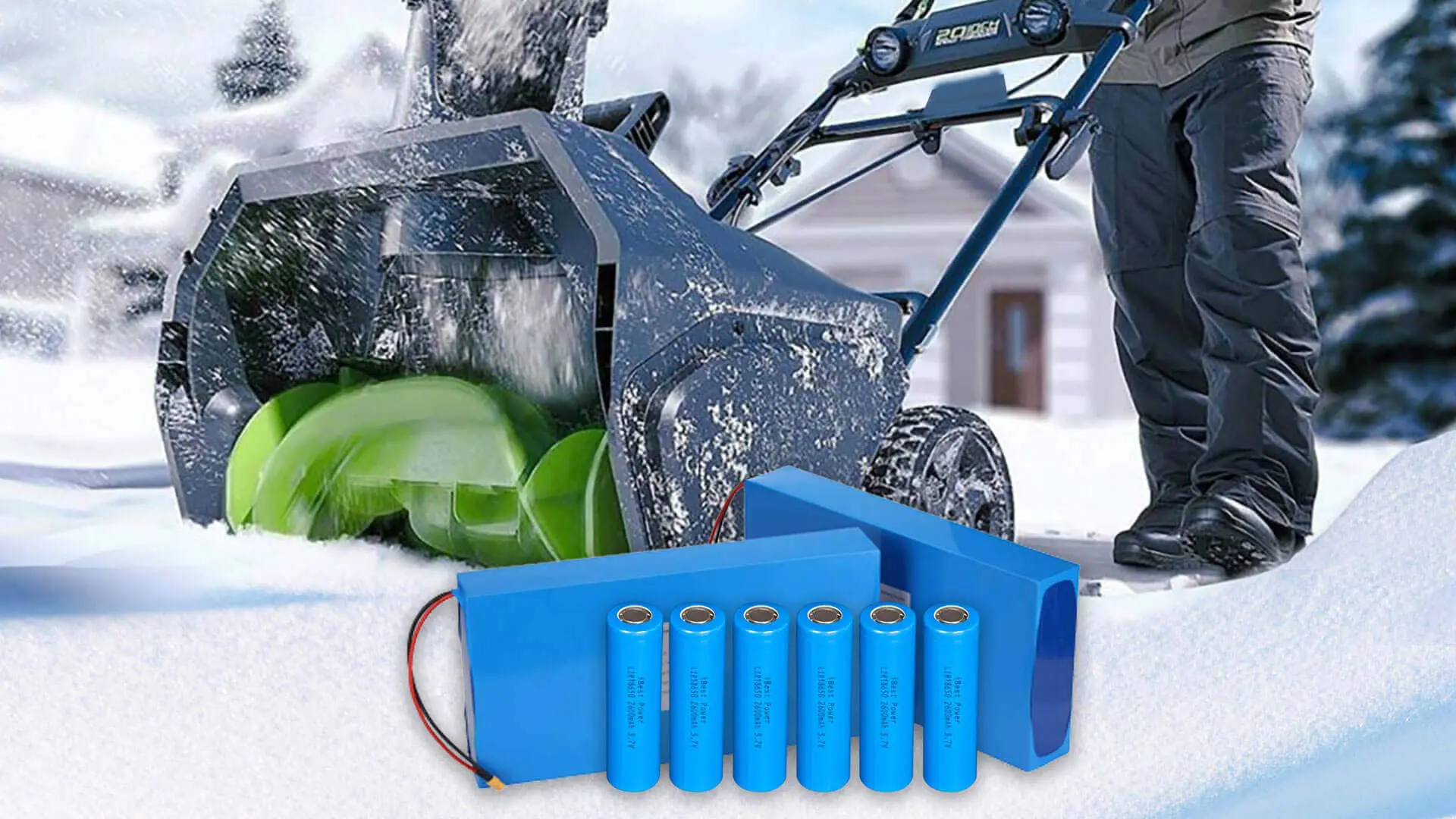
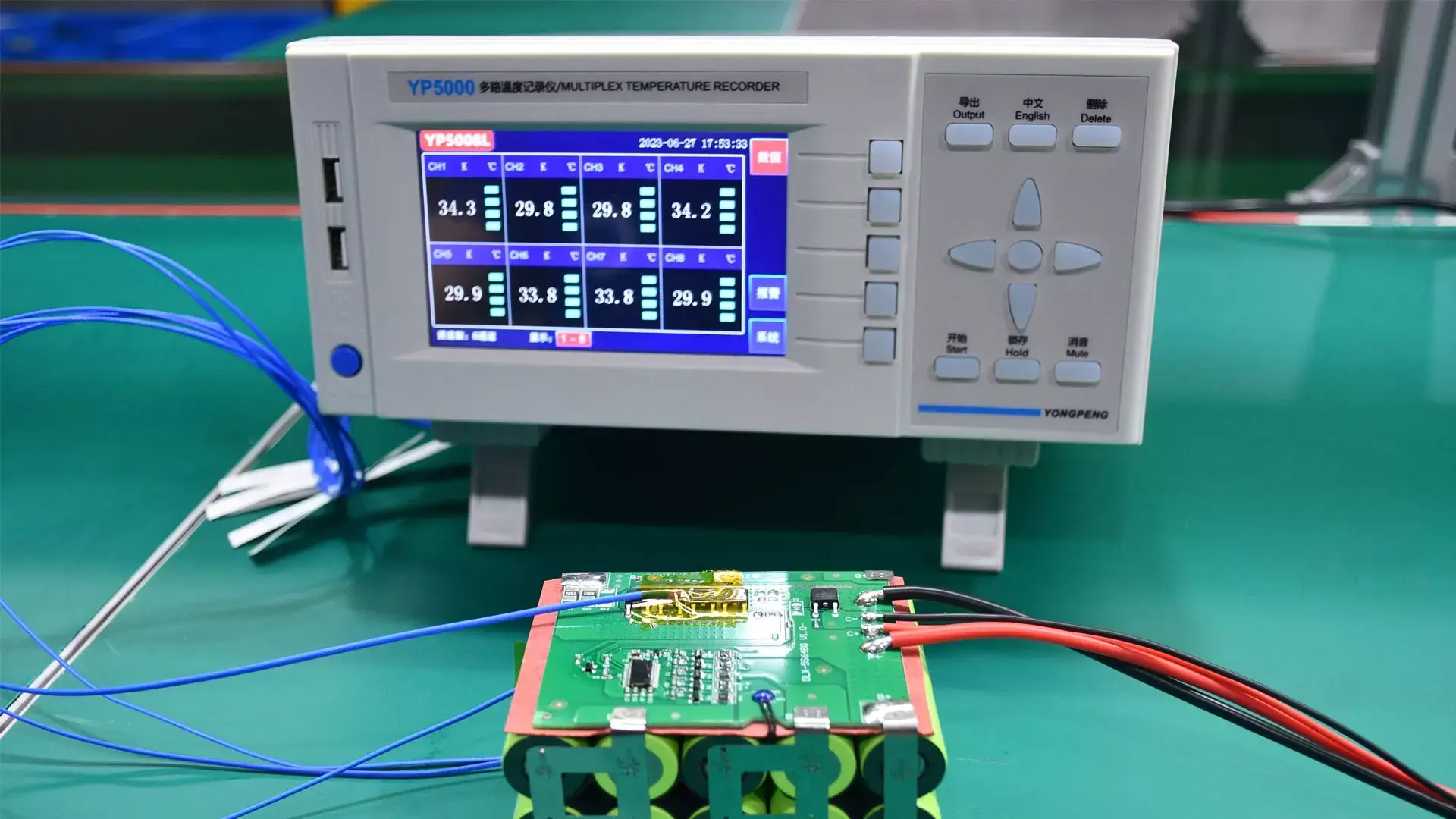
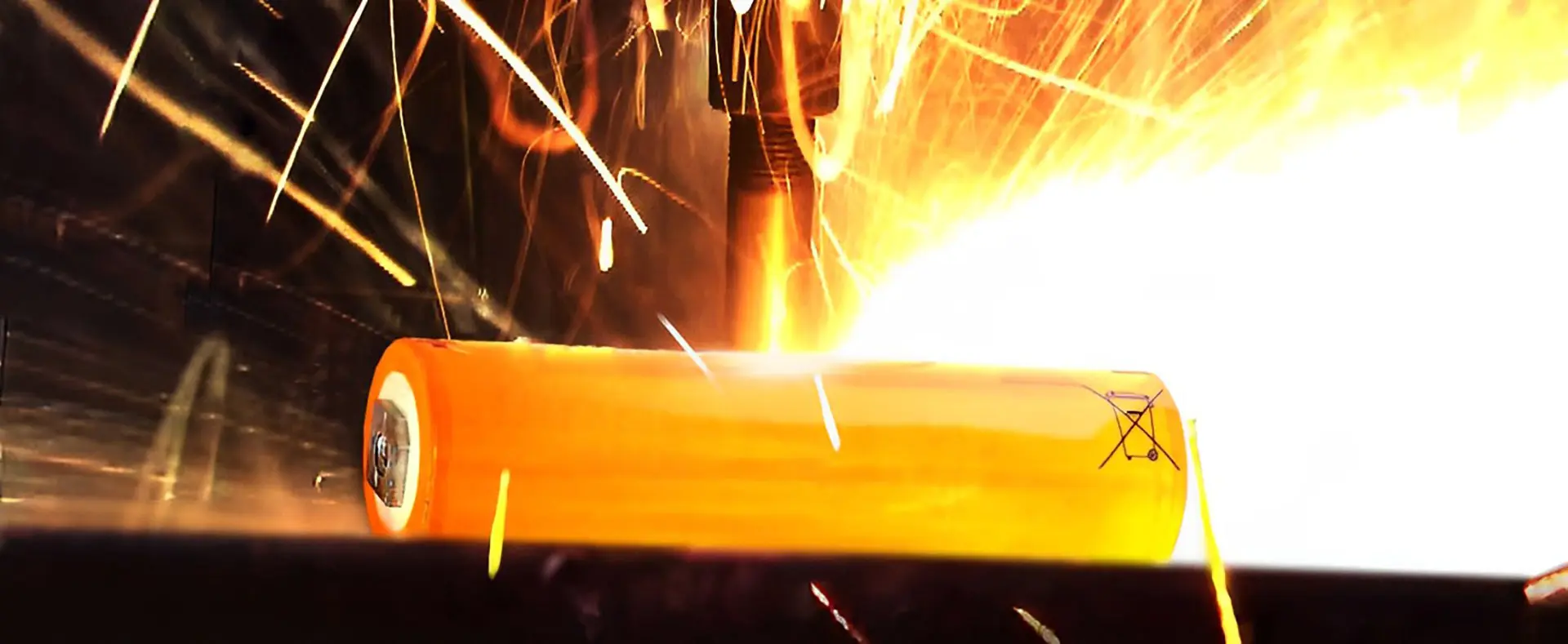

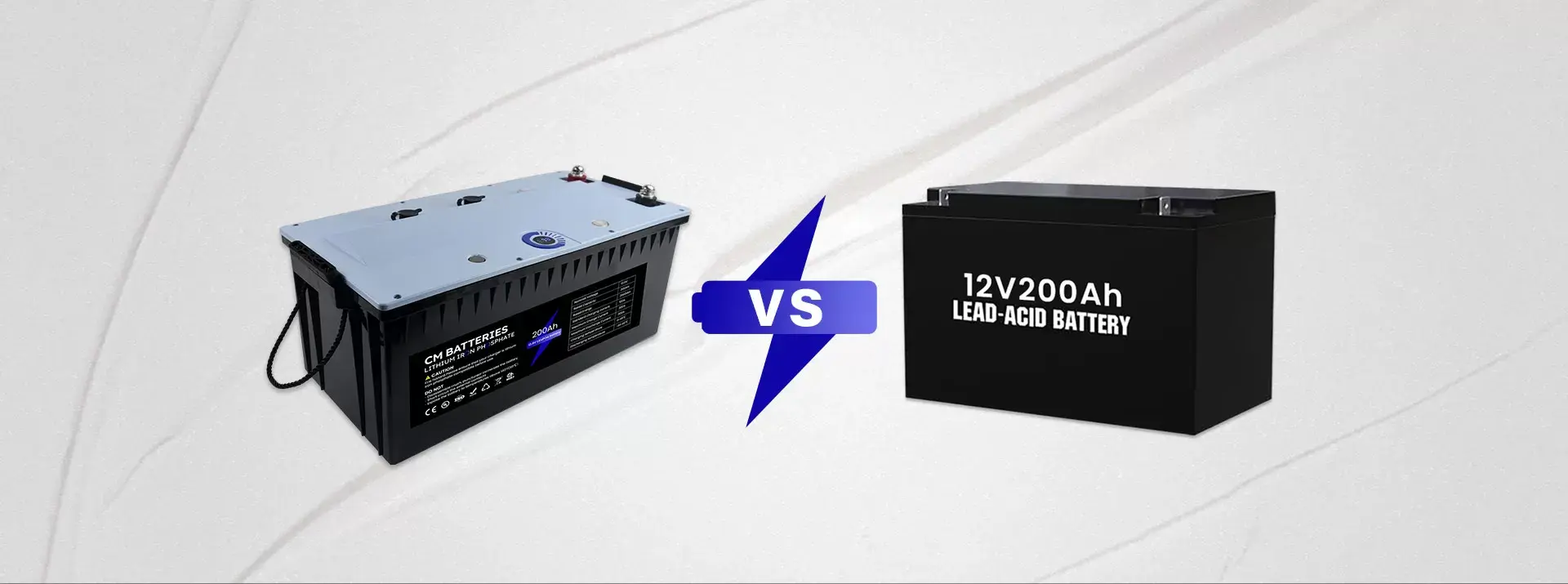
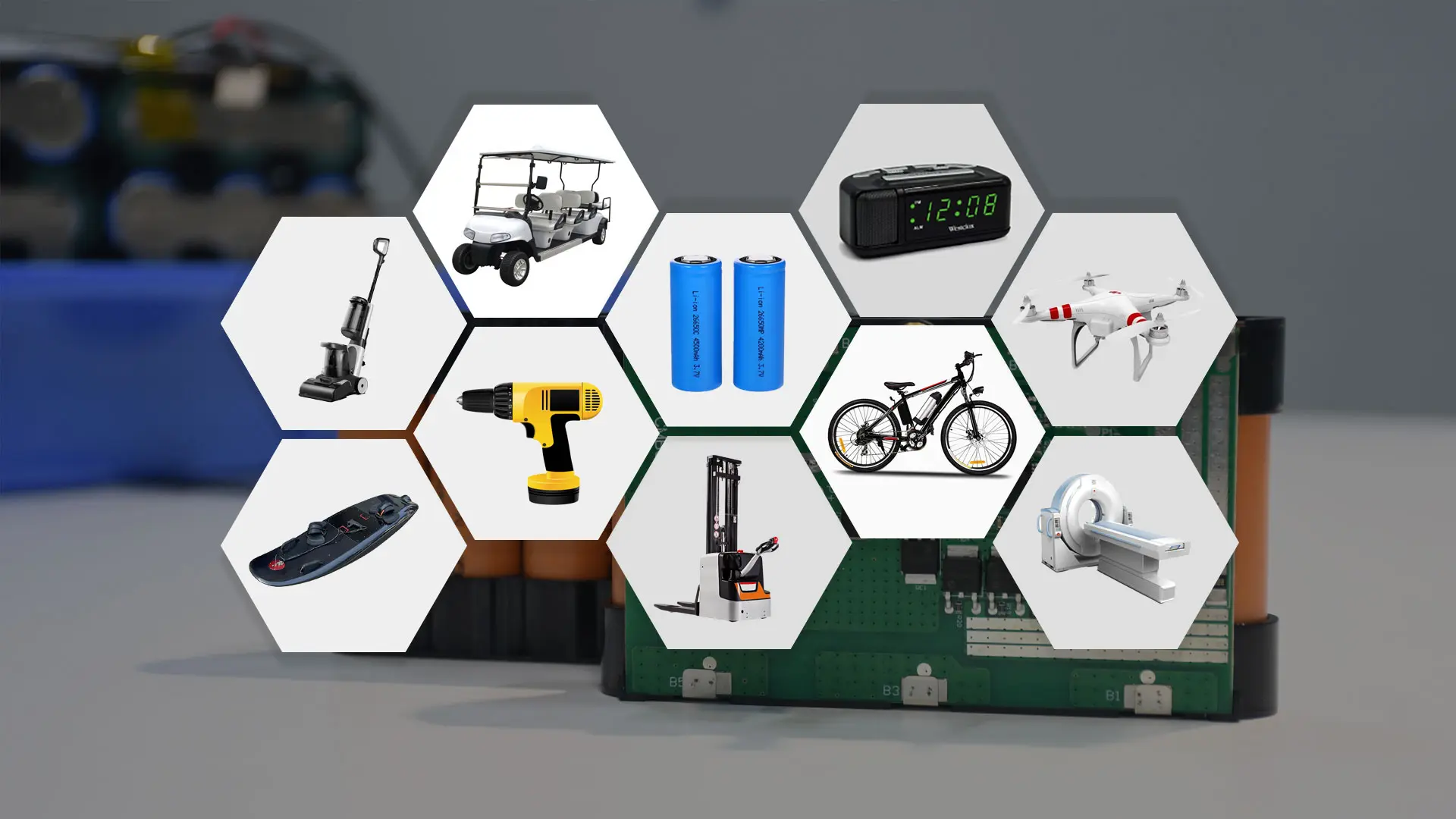

4 thoughts
Hey! I know this is kinda off topic however , I’d figured I’d ask.
Would you be interested in trading links or maybe guest writing a blog post
or vice-versa? My website discusses a lot of the same subjects as
yours and I think we could greatly benefit from each other.
If you might be interested feel free to send me an e-mail.
I look forward to hearing from you! Fantastic blog
by the way!
Hello there,
First of all, thank you for your message. Is it okay if I want to get to know your site first?
Excellent post however I was wondering if you could write a litte more on this
topic? I’d be very thankful if you could elaborate
a little bit more. Thanks!
What are you referring to? I can give you an answer to your question.